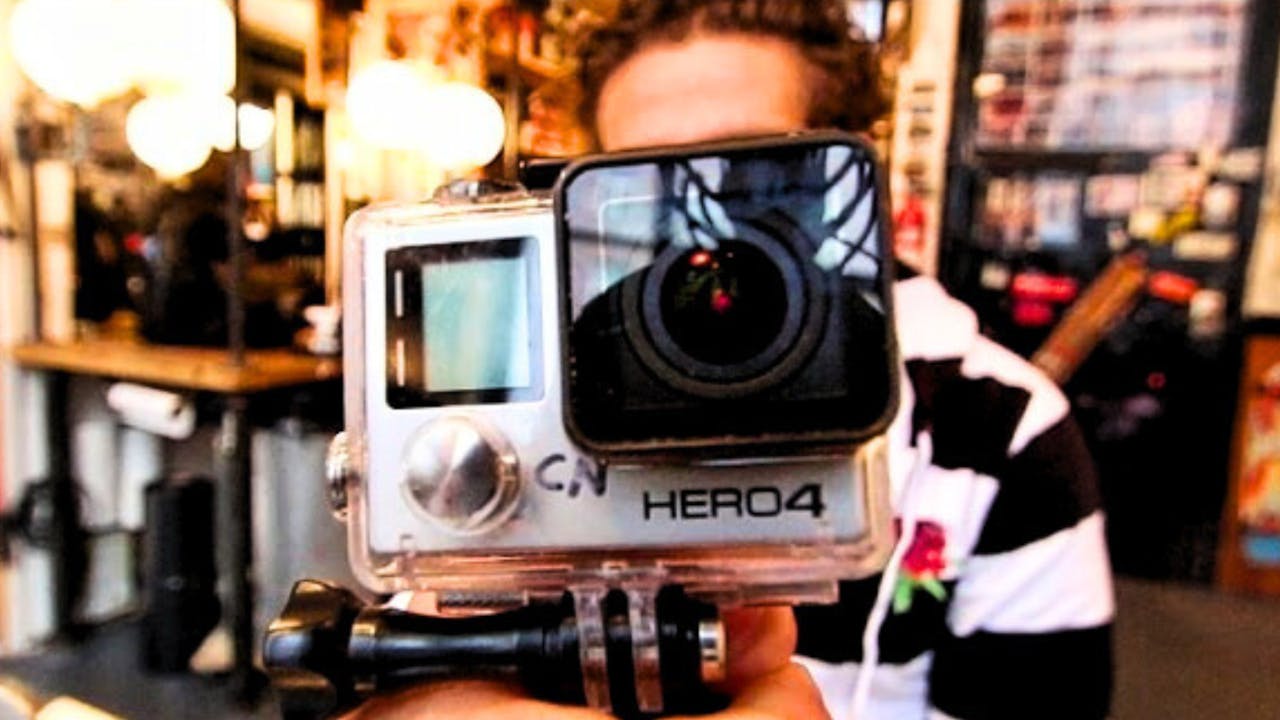Consumer tech must understand that creators don’t sell products; they spark imaginations. Social Chain’s Gareth Harrison explains the best approach all as part of The Drum’s Consumer Technology Focus.
Social media marketing is getting a bit lacklustre. Many brands cling to out-of-touch tactics to connect with audiences, convinced that copying viral trends or chasing after vanity metrics will magically make them popular. This misinterprets the point of social media platforms like TikTok, Instagram and YouTube, with brands seeing them as just another marketing machine that they can manipulate into delivering results.
People don’t respond to perfectly curated, sales-driven content, or overly scripted influencer partnerships trying to sell them a lifestyle. People today want a sense of connection.
Powered by AI
Explore frequently asked questions
Homophily – the tendency to gravitate towards people who are similar to you – is the lifeblood of social media, and this is what brands forget. People seek out others who they can relate to – hence why 69% of consumers trust influencer-backed products and 84% value peer recommendations above traditional advertising.
Brands also need to realize that they’re not selling products any more, they’re selling cultural moments and aspirational experiences, and this is especially true for consumer tech brands.
Gamers flocked to the Logitech G Pro ‘Shroud Edition’ because their favorite competitive gamer, Shroud, helped design it. The brand was intelligent with its collaboration with the popular streamer, naming their new line of products ‘The Official Gaming Gear of Shroud’ to garner trust and position them as the key ingredients for better gaming experiences.
Similarly, GoPro and Beats by Dre exemplify how tech brands use creators to sell cultural moments, not products. GoPro’s collaborations with adventure influencers like Casey Neistat and Alex Strohl position their cameras as essential tools for a daring lifestyle. Meanwhile, Beats by Dre partners with influencers like Kylie Jenner and Lil Yachty to present their headphones as the must-have symbols for a music-centric culture.
The most successful brands in 2024 know how to sell or capitalize on cultural moments by leveraging the power of a familiar face, extending that power beyond the phone screen and using it to supercharge digital out-of-home (DOOH) and above-the-line (ATL) campaigns.
This leads me to the exciting opportunities emerging in the creator space and how consumer tech brands can harness creators to produce cutting-edge results not just across social media platforms but across their entire marketing ecosystem.
Creators are now making their mark on mainstream media
2024’s ‘creator boom’ is seeing 44% of advertisers upping their spend on creator-led content, and a slew of these advertisers are amplifying this content by bringing it into the mainstream.
Madeline Argy’s ASOS campaign spanned across TV, billboards, radio and social media. KFC capitalised on GK Berry’s cultural impact to launch a new burger. Social media titans like Addison Rae appeared on linear TV for Super Bowl ads.

This new trend of extending creators’ influence into the real world is already proving itself. Creator-led DOOH and connected TV (CTV) content is driving 15% more traffic to online and offline locations, which makes sense given that 31% of adults are more likely to take action after seeing an OOH ad with a familiar creator on it.
This is an exciting time for consumer tech brands to create impactful, cross-platform campaigns that deepen their connections with consumers and drive meaningful engagement across all touchpoints.
Creators becoming more like guides for the purchasing journey
The success of SharkNinja’s CREAMi social strategy is testament to the impact of creator-led content. While in the past, brands have used creators for initial engagement, SharkNinja shows, through its community-first approach, how effective it can be to engage them at every stage of the marketing funnel.
Instead of shoving their product in people’s faces, SharkNinja focused on stirring conversations. From sparking curiosity with unboxing videos to driving consideration via recipe tutorials to boosting conversions with authentic reviews, CREAMi-sponsored creators nurtured their audiences through the entire purchasing journey, acting more like trusted guides than entertainers.
Consumers got to experience the CREAMi vicariously through their favourite creators, giving them a chance to envision the product in their own life. This shows how other tech brands can tap into the power of creator-led storytelling to build an affinity loop between the consumer, the creator and the product.
AI could take the guesswork out of creator partnerships
As the use of creators increases and becomes more widespread, there’s a greater emphasis on tracking effectiveness. This was once a relatively opaque area, but in the age of AI, brands can now access game-changing insights.
Suggested newsletters for you
Daily Briefing
Daily
Catch up on the most important stories of the day, curated by our editorial team.
Ads of the Week
Wednesday
See the best ads of the last week – all in one place.
The Drum Insider
Once a month
Learn how to pitch to our editors and get published on The Drum.
Many are using custom tools for real-time performance tracking, seeing exactly how creator campaigns are performing and why. At SocialChain we built our own tool for this to predict the trajectory of posts, analyze what makes a video take off in those critical first seconds and provide a blueprint for replicating that success.
This level of insight enables brands to invest in creator collaborations with confidence, optimize campaigns on the go and ensure every dollar spent on creator partnerships delivers maximum return on investment (ROI).
With so many possibilities transforming the creator space, brands who are last to the table seriously risk fading into irrelevance. Consumer tech brands stand to gain a lot from the new trends we’re witnessing; as waves of new players enter the market, developing an authentic, data-driven, omnichannel creator strategy might be the best chance of survival they have.
Continue the conversation with Gareth on LinkedIn.




